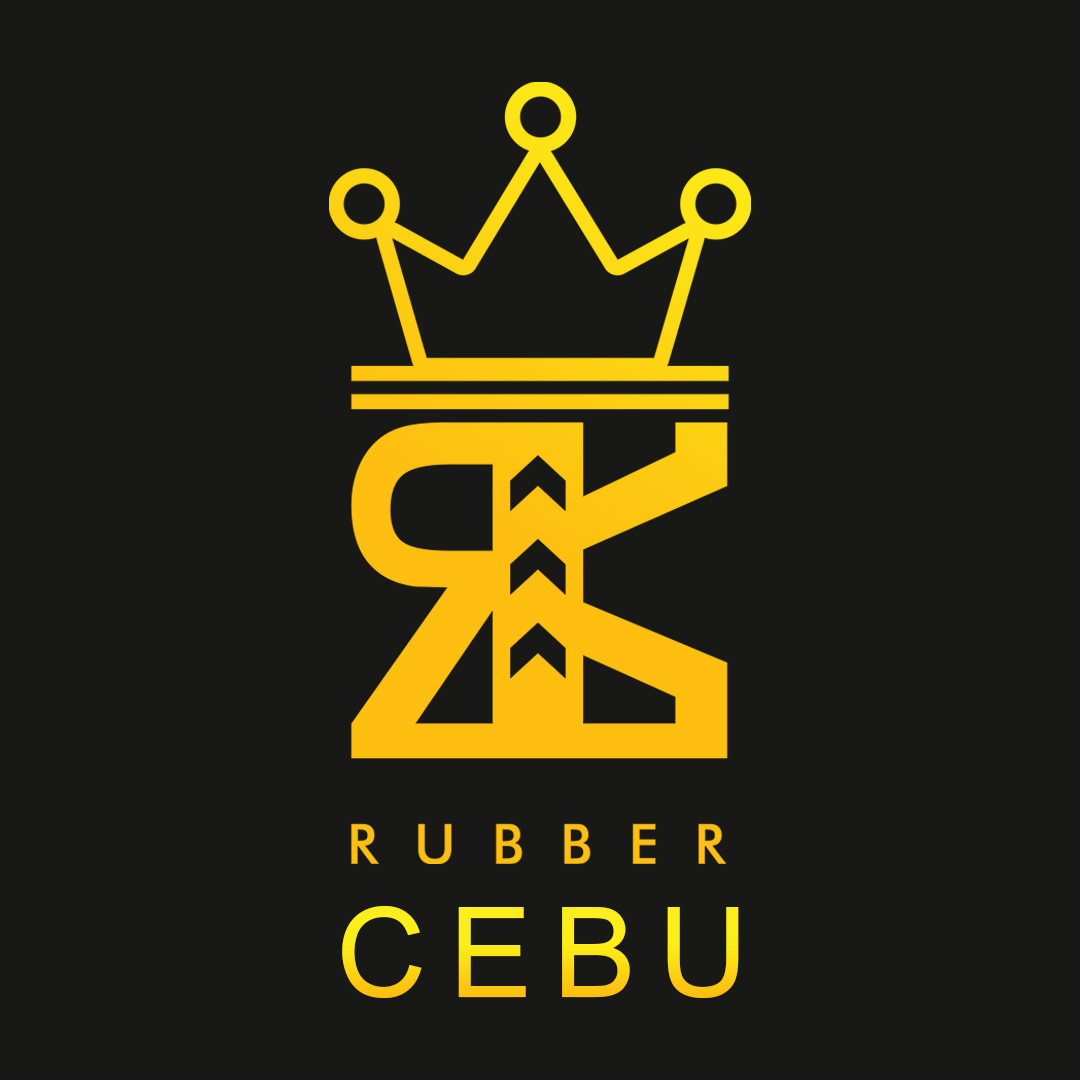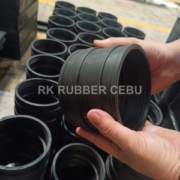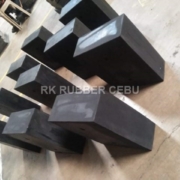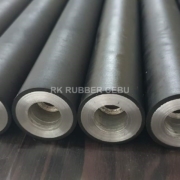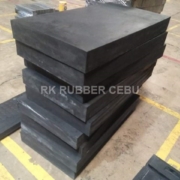Viton is a top choice when you’re manufacturing industrial rubber products that need to withstand extreme temperatures and harsh chemicals. Its exceptional chemical resistance, high heat resistance up to 200°C, and impressive flexibility maintenance under extreme conditions make it an ideal compound material. You’ll find Viton in various industrial applications, including automotive, aerospace, and oil and gas. As you explore Viton’s capabilities, you’ll discover how its unique properties and manufacturing process make it a reliable choice for demanding industrial applications. You’ll also uncover the trade-offs that make it a valuable material in your product design.
Key Points
- Viton’s exceptional chemical and heat resistance up to 200°C make it an ideal compound for industrial rubber products.
- Viton’s low permeability to gases and flexibility maintenance under extreme conditions ensure reliable performance in demanding industrial applications.
- The manufacturing process of Viton rubber compounds involves compounding, mixing, shaping, curing, quality control, and finishing to achieve optimal properties.
- Additives significantly impact Viton’s final product performance, and mixing techniques ensure uniform distribution throughout the polymer.
- Viton’s superior properties, including chemical and heat resistance, make it a preferred choice over natural rubber in industrial applications where reliability is critical.
Properties of Viton
Viton’s exceptional properties, including chemical resistance, heat resistance, durability, flexibility, and permeation resistance, make it an ideal material for demanding industrial applications. As you explore the benefits of Viton, you’ll discover its superior chemical resistance to oils, fuels, lubricants, and most mineral acids. Viton can withstand harsh environments and maintain its properties even when exposed to aggressive chemicals.
Viton’s heat resistance shines in high-temperature settings, allowing it to perform flawlessly up to 200°C (392°F) and sometimes even higher for short periods. Its durability ensures it maintains its properties over various temperatures, making it perfect for demanding applications. Moreover, Viton’s flexibility maintenance is impressive, even under extreme conditions, which is crucial for sealing applications. Its low permeability to gases makes it suitable for applications involving gas exposure. With Viton, you can rely on its exceptional properties to deliver outstanding performance in the most challenging industrial environments.
Applications of Viton
You’ll find Viton in various industrial applications where its superior properties make a significant difference, including automotive, aerospace, industrial, oil and gas, and chemical processing industries. Viton is used in fuel system seals, O-rings, and gaskets, whose chemical and heat resistance are crucial in automotive applications. Viton is employed in fuel systems, hydraulic systems, and other critical components in aerospace, where its exceptional durability and flexibility are essential. In industrial settings, Viton is used in pumps, compressors, valves, and chemical processing equipment, where its resistance to aggressive chemicals and high temperatures is vital. Viton is used for seals and gaskets in drilling and production equipment in oil and gas, where its low permeability to gases and resistance to corrosive fluids are critical. While Viton’s environmental impact is a concern, its performance in harsh environments makes it an essential material in many industries. Manufacturers can ensure reliable performance, reduced maintenance, and extended product lifespan by choosing Viton, ultimately leading to cost savings and reduced environmental impact.
Manufacturing Viton Rubber Compounds
Manufacturers typically follow a multi-step process that involves compounding, mixing, shaping, curing, post-curing, quality control, and finishing to produce high-performance rubber compounds. You’ll start by selecting the right polymer grade and additives to enhance the compound’s properties. This is crucial, as the additives can significantly impact the final product’s performance. Next, you’ll use mixing techniques, such as two-roll mills or internal mixers, to ensure uniform distribution of the additives throughout the polymer. The compound is then shaped into the desired form using methods like extrusion, injection molding, compression molding, or calendering. The curing process, which involves heating the product under pressure, sets the final properties of the rubber. You may also need to post-cure the product to stabilize its properties. Finally, the finished products undergo rigorous quality control testing to meet the required mechanical properties, chemical resistance, and dimensional accuracy specifications. By following this process, you can create high-quality Viton rubber compounds that meet the demands of industrial applications.
Comparison of Viton and Natural Rubber
When selecting a rubber compound for a specific application, it’s essential to understand the differences between Viton and natural rubber, as their unique properties make them more or less suitable for various uses.
You must consider chemical and heat resistance, mechanical properties, cost, and environmental impact. Viton, a synthetic fluoropolymer elastomer, excels in chemical resistance, heat resistance, and mechanical properties, making it ideal for high-performance applications. On the other hand, natural rubber offers exceptional mechanical properties, flexibility, and lower cost but falls short in chemical and heat resistance.
In terms of cost, Viton is generally more expensive due to its superior properties and complex manufacturing process. However, natural rubber is a more cost-effective option for applications with sufficient properties. Additionally, Viton has a higher environmental footprint, while natural rubber is somewhat renewable and biodegradable. By understanding these differences, you can decide which rubber compound to choose for your specific application, ensuring optimal performance and minimizing environmental impact.
Advantages and Disadvantages
Selecting a rubber compound for a specific application frequently hinges on thoroughly understanding the advantages and disadvantages of Viton and natural rubber. As you evaluate Viton for your industrial rubber products, consider its superior chemical resistance, exceptional heat resistance, and low gas permeability. These advantages make Viton an ideal choice for harsh environments and demanding applications. However, its higher cost and limited flexibility compared to natural rubber may be drawbacks for some applications.
On the other hand, natural rubber offers excellent mechanical properties, flexibility, and cost-effectiveness, but its limited chemical resistance and susceptibility to aging may limit its use in certain applications. Consider the trade-offs between Viton’s superior properties and natural rubber’s advantages when performing a performance evaluation. Conduct a cost analysis to determine which material best fits your budget and application requirements. Additionally, the environmental impact of each material and the importance of compatibility testing should be considered to ensure seamless integration with other components. By weighing these factors, you can decide which material to choose for your industrial rubber products, ensuring optimal performance and application versatility.
Frequently Asked Questions
Is Viton Suitable for Use in Cryogenic Applications?
You’re wondering if Viton is suitable for cryogenic applications? While it’s not ideal, Viton’s low-temperature flexibility and thermal shock resistance make it usable, but carefully evaluate its cryo compatibility for your specific application.
Can Viton Be Recycled or Reused After Its Service Life?
You’ll be thrilled that Viton can be recycled or reused after its service life through innovative recycling methods, reclaiming techniques, and material reuse, promoting waste reduction and responsible end-of-life management.
How Does Viton Perform in High-Vacuum Environments?
When you’re designing for high-vacuum environments, Viton’s durability and vacuum resistance shine, maintaining its properties even at high temperatures with low outgassing rates, making it ideal for space exploration applications where reliability is crucial.
Are There Any Special Storage Requirements for Viton-Based Products?
When storing Viton-based products, you’ll need to control humidity levels between 40-60% and maintain temperatures between 15-25°C to ensure optimal shelf life; use breathable packaging materials and follow gentle handling procedures to prevent damage.
Can Viton Be Bonded to Other Materials Like Metal or Plastic?
As you explore bonding Viton to metals or plastics, consider material compatibility and select adhesives that cater to the specific combination; precise surface preparation and chemical treatment are crucial for a strong, reliable bond.
Conclusion
As you’ve seen, Viton is the superhero of industrial rubber compounds, saving the day in harsh environments where others would melt away. Its unparalleled chemical resistance, heat resistance, and durability make it the go-to choice for demanding applications. With its manufacturing process carefully controlled to achieve its remarkable properties, Viton outshines natural rubber in many ways – and its price tag reflects that. When you need a rubber compound that can withstand the extremes, Viton is the ultimate solution, a beacon of reliability in a world of inferior alternatives.
